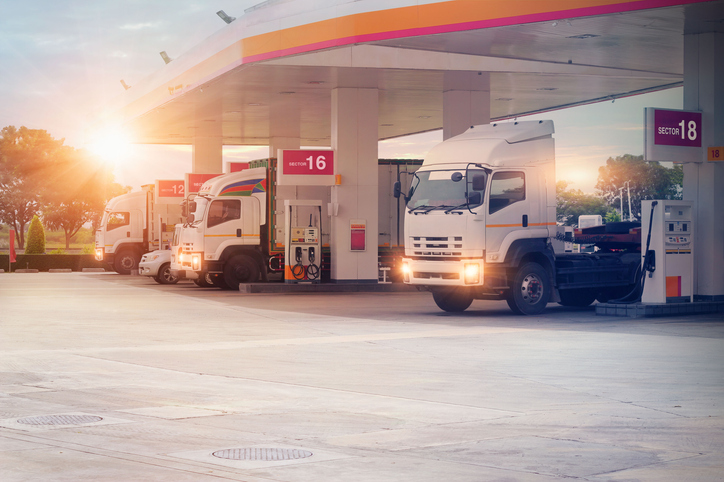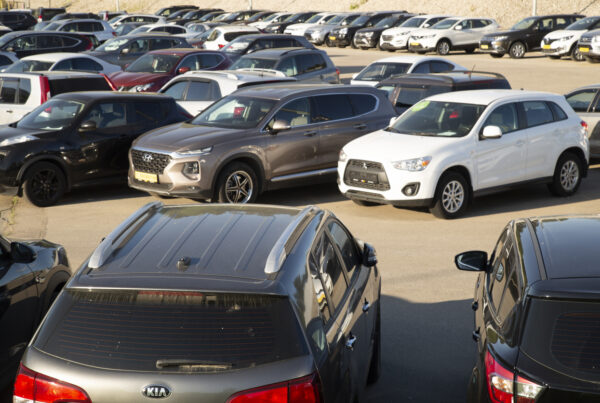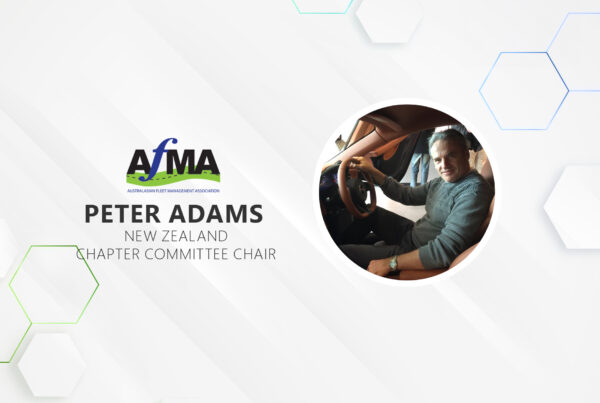The trucking industry has found itself at odds with the federal government’s recent move to reduce the fuel tax excise from 44.2 to 22.1 cents per litre in the next six months.
This, according to the Australian Trucking Association (ATA) is causing “chaos for trucking businesses” because of the way the fuel excise cut affected the road-user-charge (RUC) imposed on truckers.
Prior to the implementation of the fuel tax cut, heavy vehicle drivers are normally reimbursed for part of the fuel excise. Out of the previously implemented 44.2 c fuel excise truckers received 17.8c back as a tax credit.
However, the federal government has not only slashed the excise in half but also cut the rebate to zero. So instead of saving 22.1c like the rest of the populations, truckers will only see a 4.3c per litre cut at the bowser. Furthermore, they won’t get a rebate check at the end of each month for half a year.
This results in issues that ripple across the supply chain. In a report, ATA chairman David Smith said many drivers rely on the tax credits for cashflow. Without it, trucking businesses will need to find tens of thousands of dollars elsewhere to cover this loss.
There may also be a need to renegotiate transport fuel levy in many industry contracts.
And of course, customer expectations need to be managed. People expect to see a reduction in freight rates based on the 22.1 cents per litre cut but not the actual figure that truckers get.
AfMA’s Executive Director, Mace Hartley agrees with the Australian Trucking Associations view that RUC should be reduced as well to even the playing field for all.
“The Government should reduce the road user charge by 22.1 cents per litre, so trucking businesses get the same benefits from the fuel tax reduction as light vehicle operators,” Mr Hartley says.




















